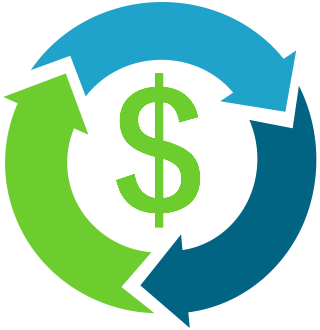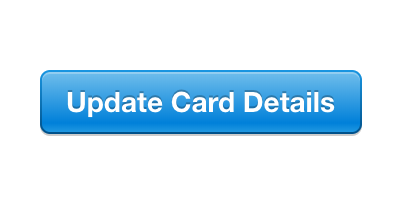Blog
3 things to consider before using Subscriptions for your SaaS
You launched a new SaaS company. Or maybe you recently switched from the one-time payments (perpetual licenses) to subscriptions (recurring) model. The code updates are done, you put new code in place, added the modules, plugins or whatever, hacked the things that needed hacking for now - because you can always get to the rest later but later never comes (wink).

You are now on the path to riches. Or maybe not according to Josh Pigford of Baremetrics. No matter your journey, here are three common things that you should consider before implementing subscriptions in your business:
1) How will your customers update their credit cards?
You've captured the customer's credit card and you can bill them for eternity right? Yes! No. There are actually some exceptions as follows:
- The credit card expires.
- The credit card is lost or stolen.
- Your customer decides that they no longer want to use that card.
Stripe tries to help with the first two bullets but it is not full proof. For example, if your customer's card is stolen and they immediately report it to the bank and the bank stops any future charges to that card. However, until such time as a new card can be issued and activated charges made to that card will fail.
This could take a week or more depending on the bank. So if your customer has an alternate card that you would like to use so that your services are not interrupted how would they do it?
If you have not built out a self-serve method for customers to do this in your app, then they are likely contacting you to do so but that is only if you are lucky. Lots of times the payment fails and continues to fail and your monthly recurring revenue takes a hit. Profit Wells Founder Patrick Campbell refers to this as involuntary churn.

Often the idea of managing such changes falls to the bottom of the priority list. Transaction Manager by CloudSwipe can easily help you address this without building anything. Simply configure it in your Stripe account and your set. Add our plugin to your site and your customers can now update their own credit cards.
2) Are processes for notifying your customers before they are billed in place?
This may not be a major concern for you if you bill monthly but if you bill annually, this can be something that you should address. Annual subscriptions mean that 11 months will pass before your customer is billed again. That can be a very long time.
Believe it or not, customers tend to forget who you are, what product or service your company provides and why you are charging them at all. This can lead to needless support inquiries and in some cases reports of fraudulent charges against your company. Yes, customers will subscribe to your service or product, forget about it, then report you to their bank. Sometimes it is not memory related but intentional. Chargify refers to this as - friendly fraud. It happens.
One solution here is to simply notify your customers at some point prior to actually charging them. Email should be fine. This email should at a minimum tell your customers what they are being billed for, the amount and who you are. It should be easy for your customer to visit a URL and see their account or be able to quickly determine who you are.
If not, you are actually going to drive up your overhead by sending confused customers to your support channel.
This is an example of a dunning email that you would not want to use.
Hello Customer,
We attempted to update your credit card and it failed. Please visit this link and update your credit card at http://www.domainnameoftheproduct.com/302r3nr3nrk34lr2rui43/r4r43r32r.fdmtk/update_card
Thanks,
Randon name of someone your customer doesn't know
www.domainnameoftheproduct.com
What's wrong with this dunning email?
- The URL contains parameters making it appear spammy even if it is legit, it does not look like it. A simple "Update by clicking here" url would do a better job.
- The name of the person is a nice touch but the customer likely won't know who that person is. A simple "John of Collections" would be more natural.
- The last URL in the email goes to a home page and is not clickable. A link directly an about page or a page that explains who the company is and why they are receiving the email would be helpful.
3) Have you spoken to your customers to see whether they will accept this change or not?
In the world of software, there are customers that believe that they should pay for your product once and it should work for eternity. These customers believe that they should be entitled to product updates, support and everything else required to keep it running all for a one-time charge.
When you introduce subscriptions, you will likely hear from these customers. They will want to know why you are making the change and how it will impact them. Some may decide to go elsewhere because of the change. There is not really anything that you can do to prevent this but at least you have an idea if you reach out to them before making the change. Otherwise, it will just add to the other questions that you will receive once the change is made. So why not reduce those chances.
Conclusion
Making the change to the subscriptions revenue model could mean at least a 30% increase in your ARR. Thinking about these things will make your decision and transition easier. Also, be advised that Neil Patel has an article that looks at this from a different perspective at 4 Things You Need to Know Before You Start Recurring Billing.
